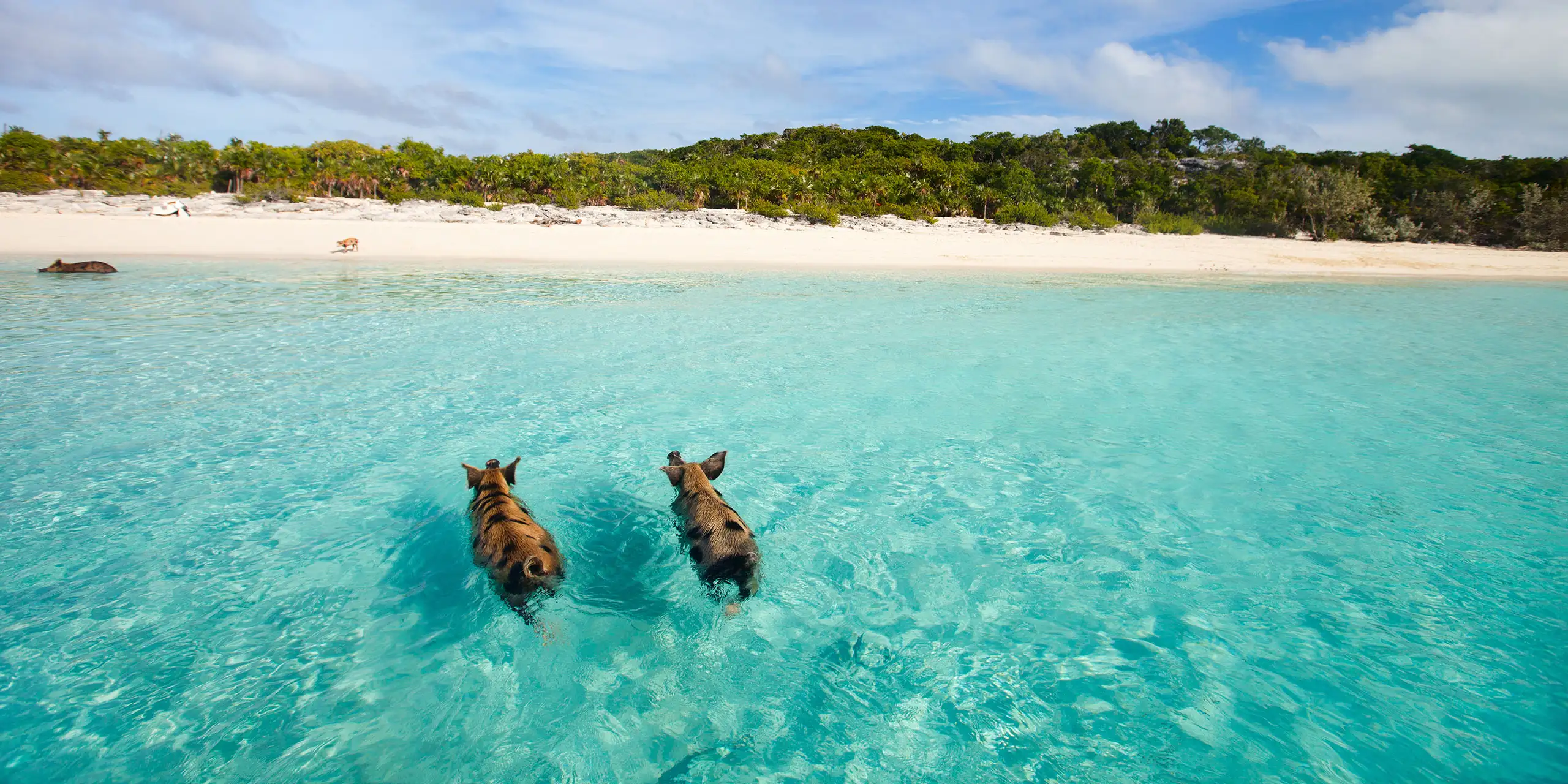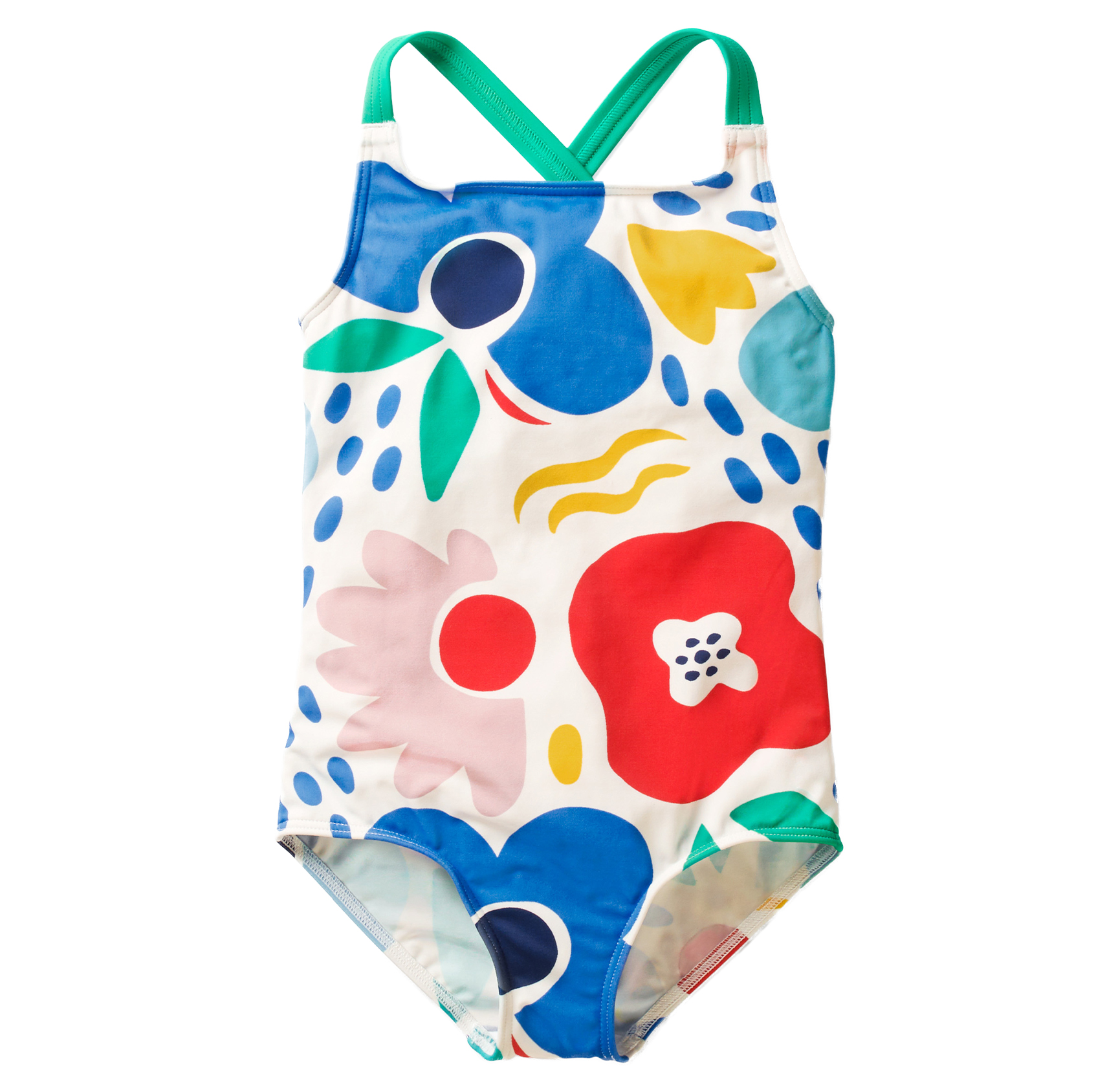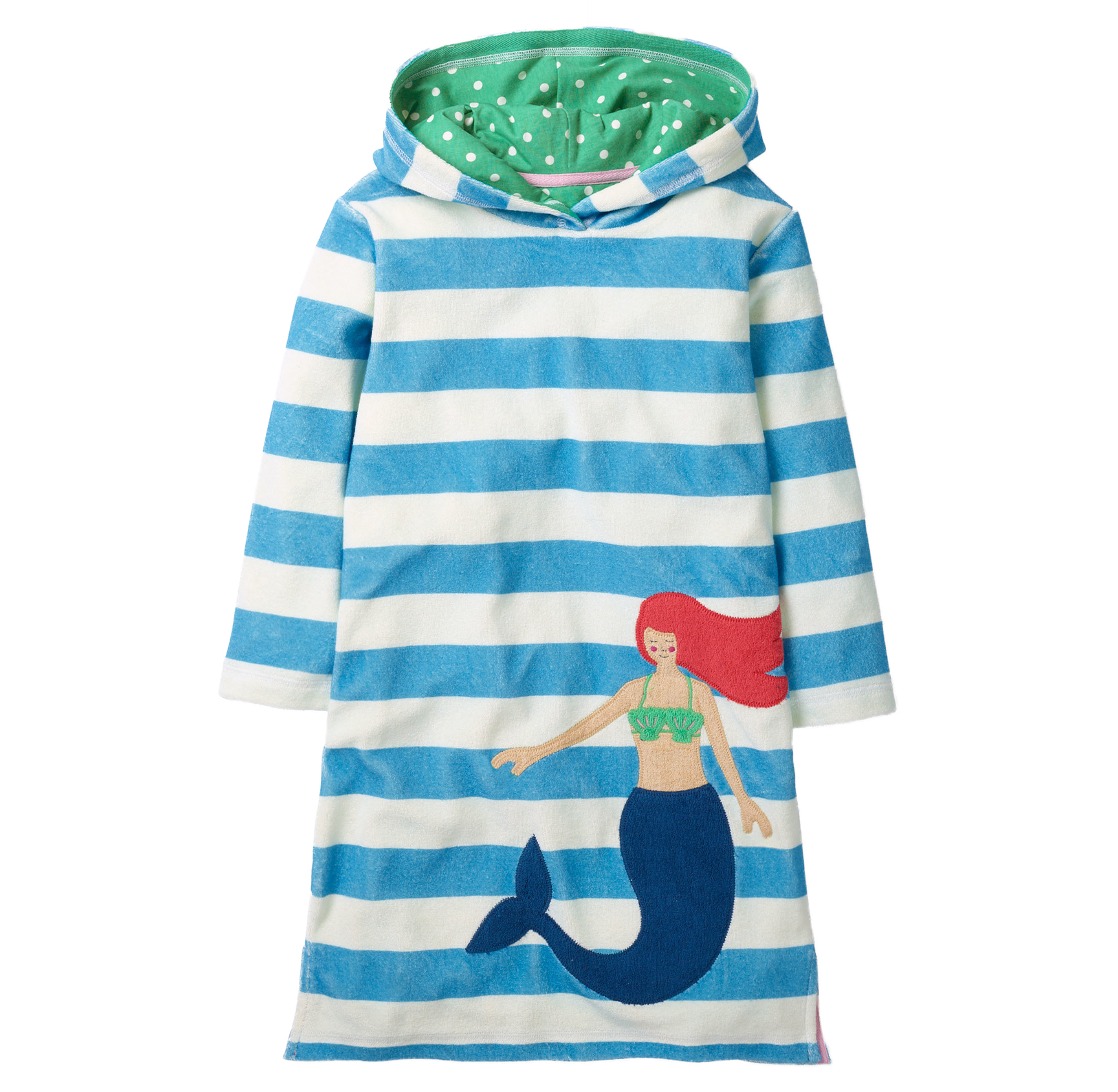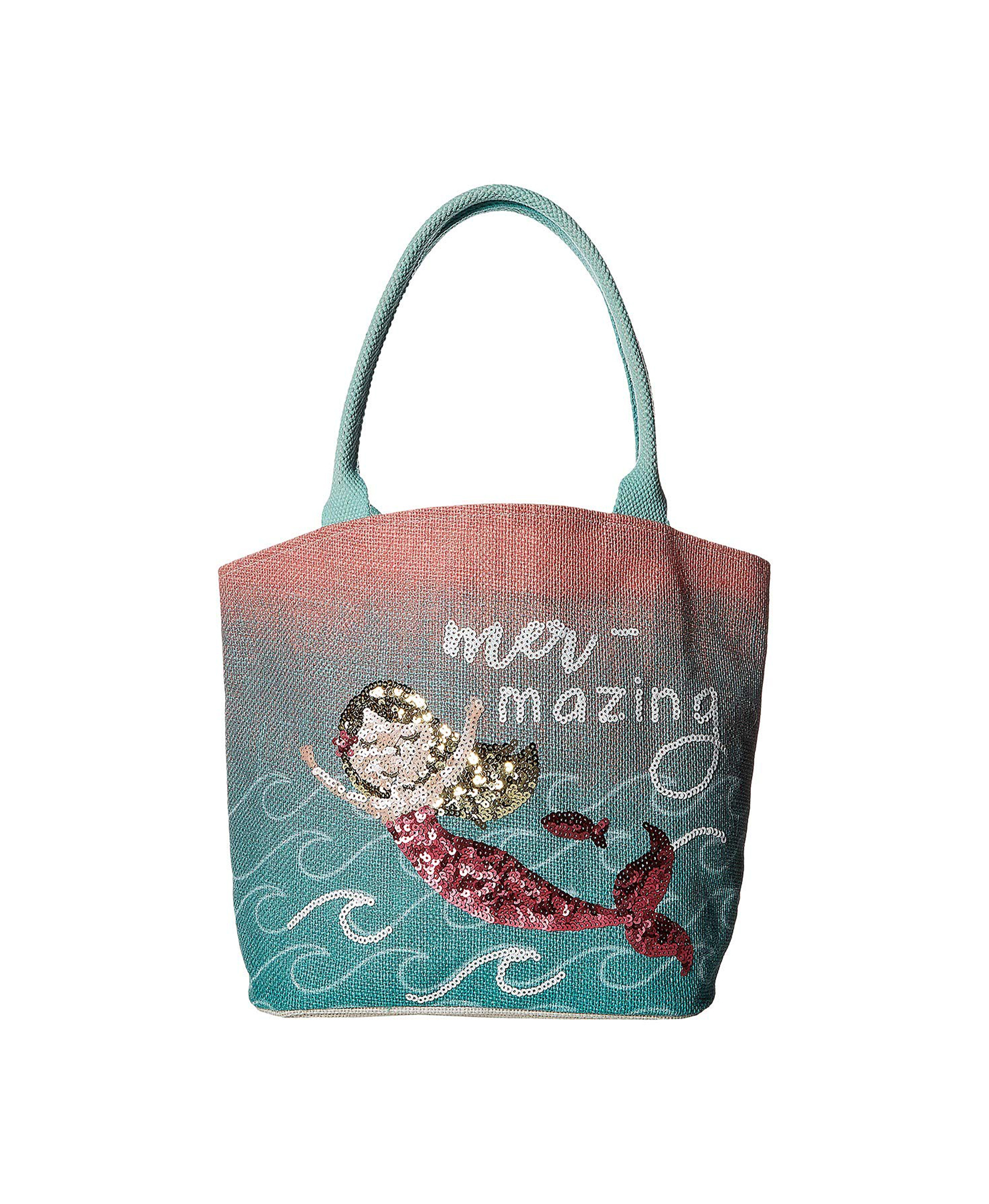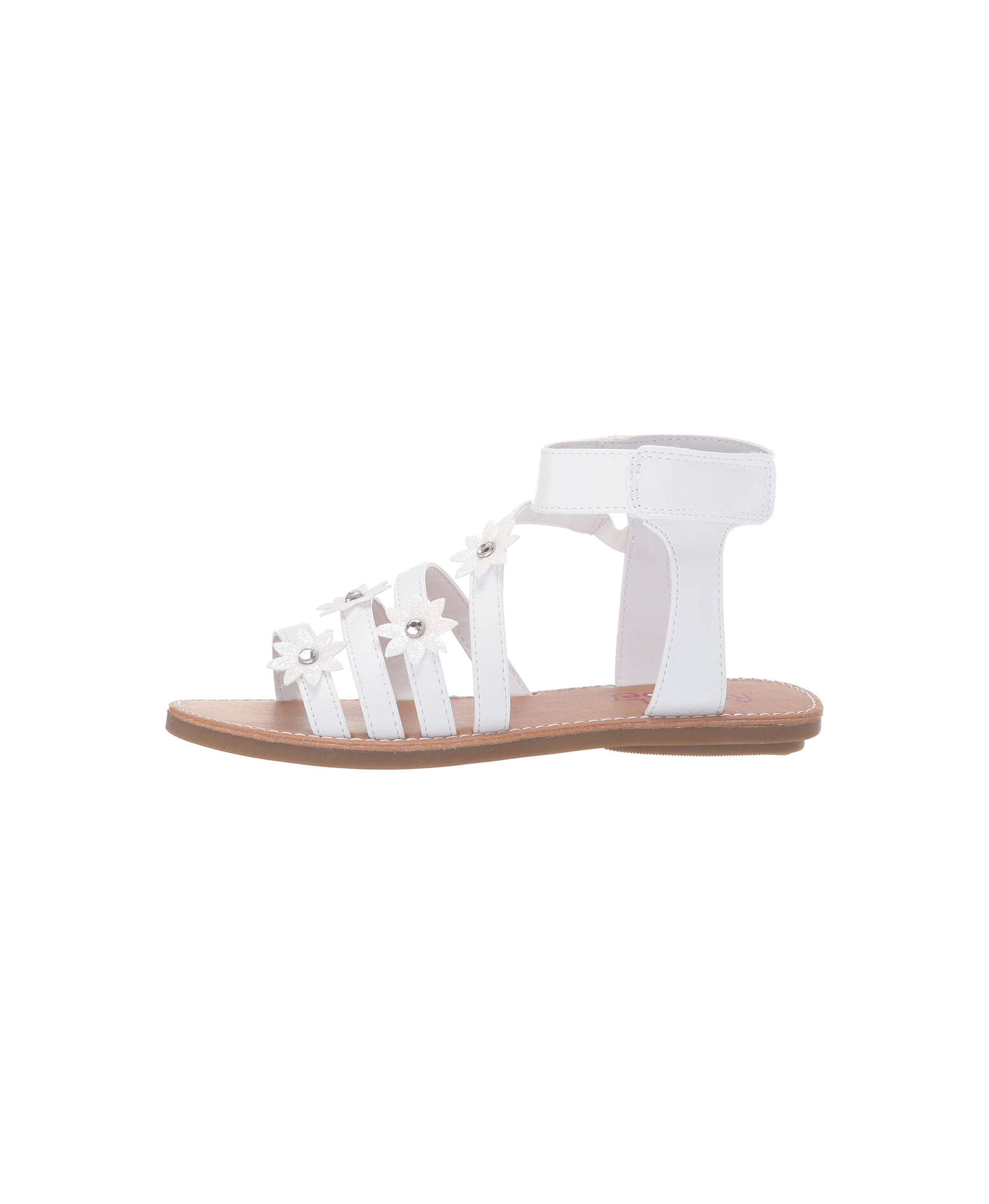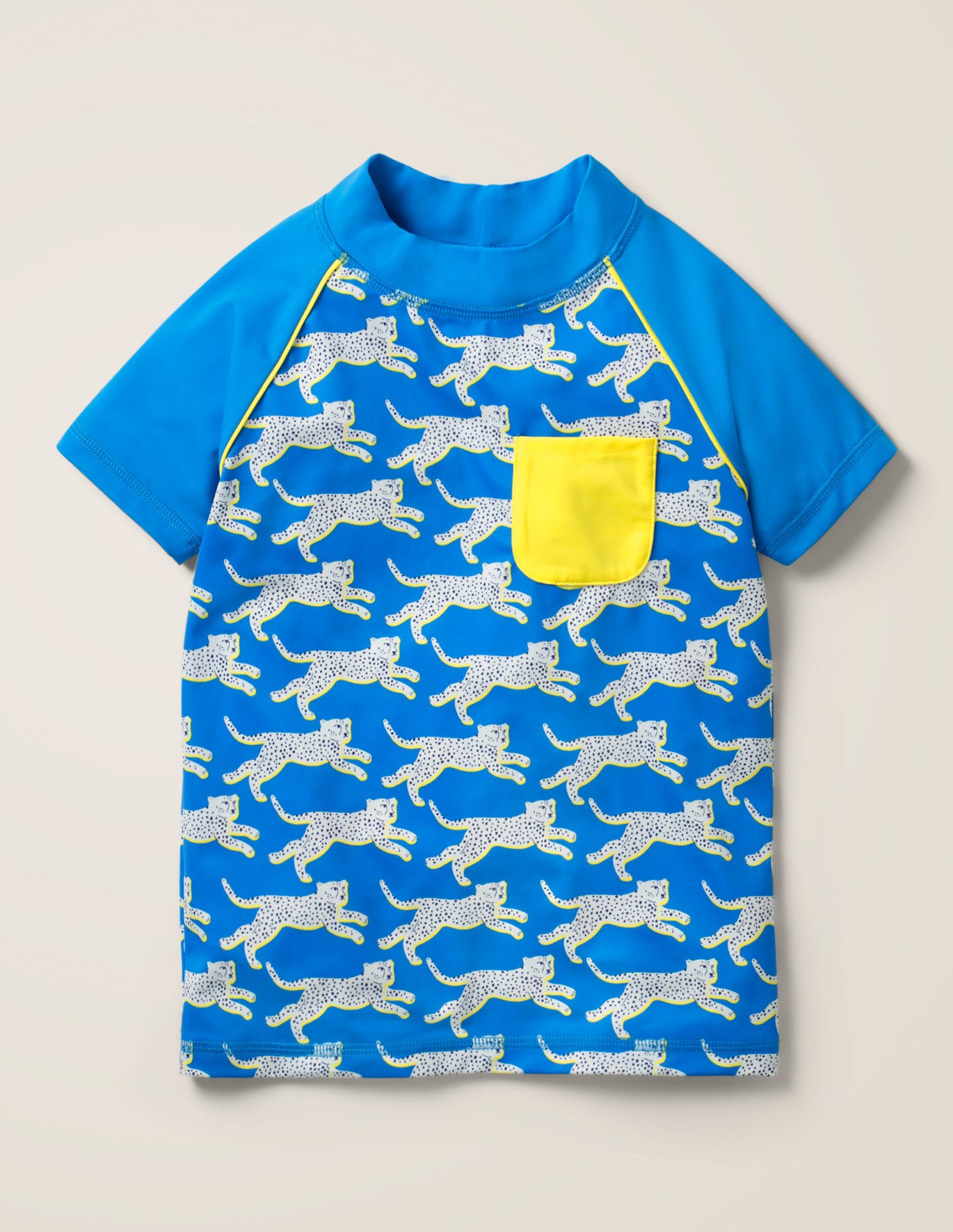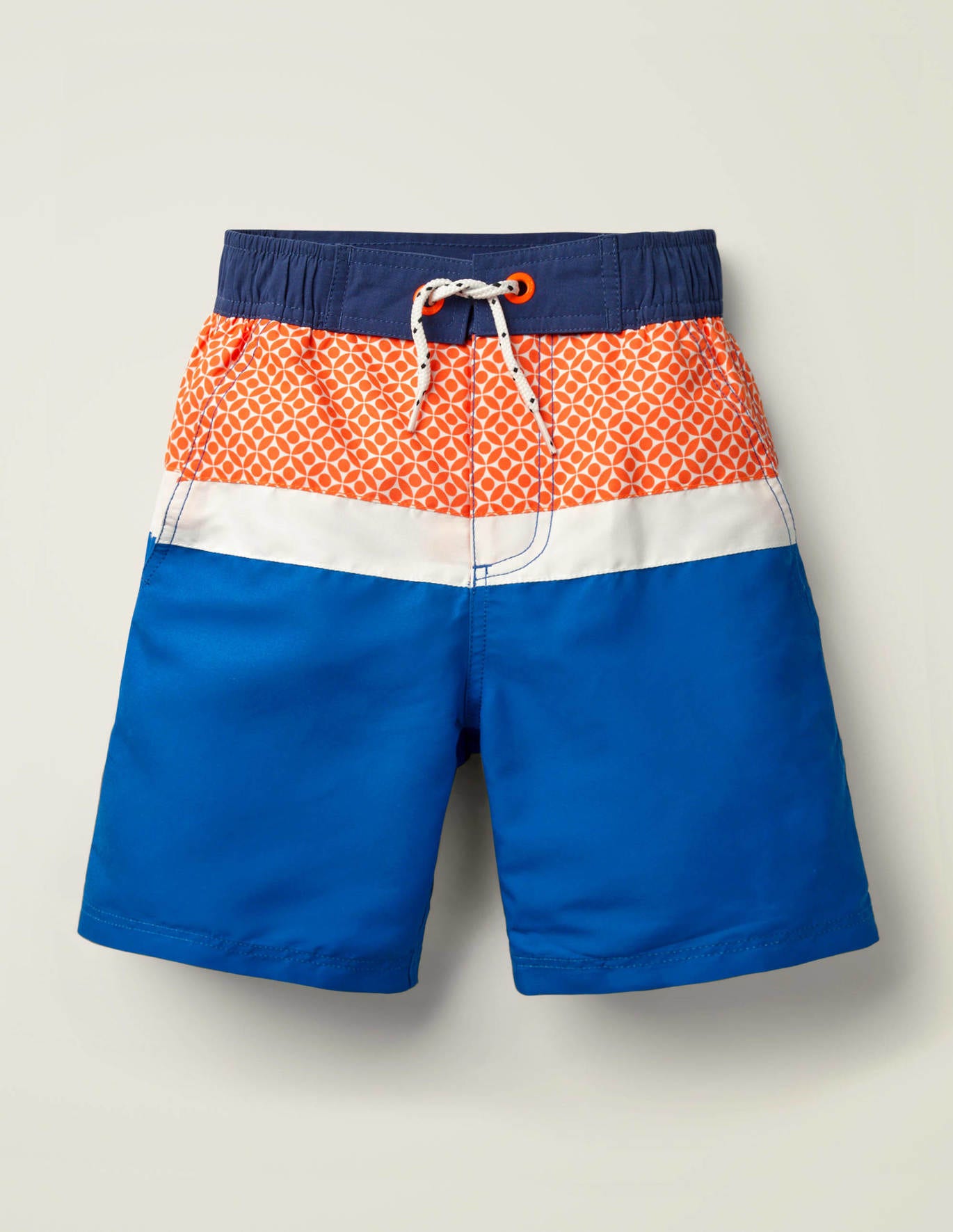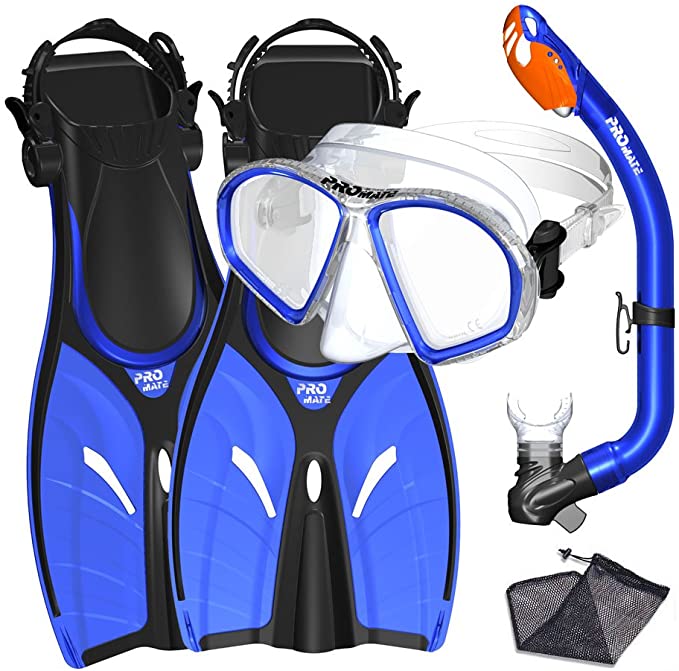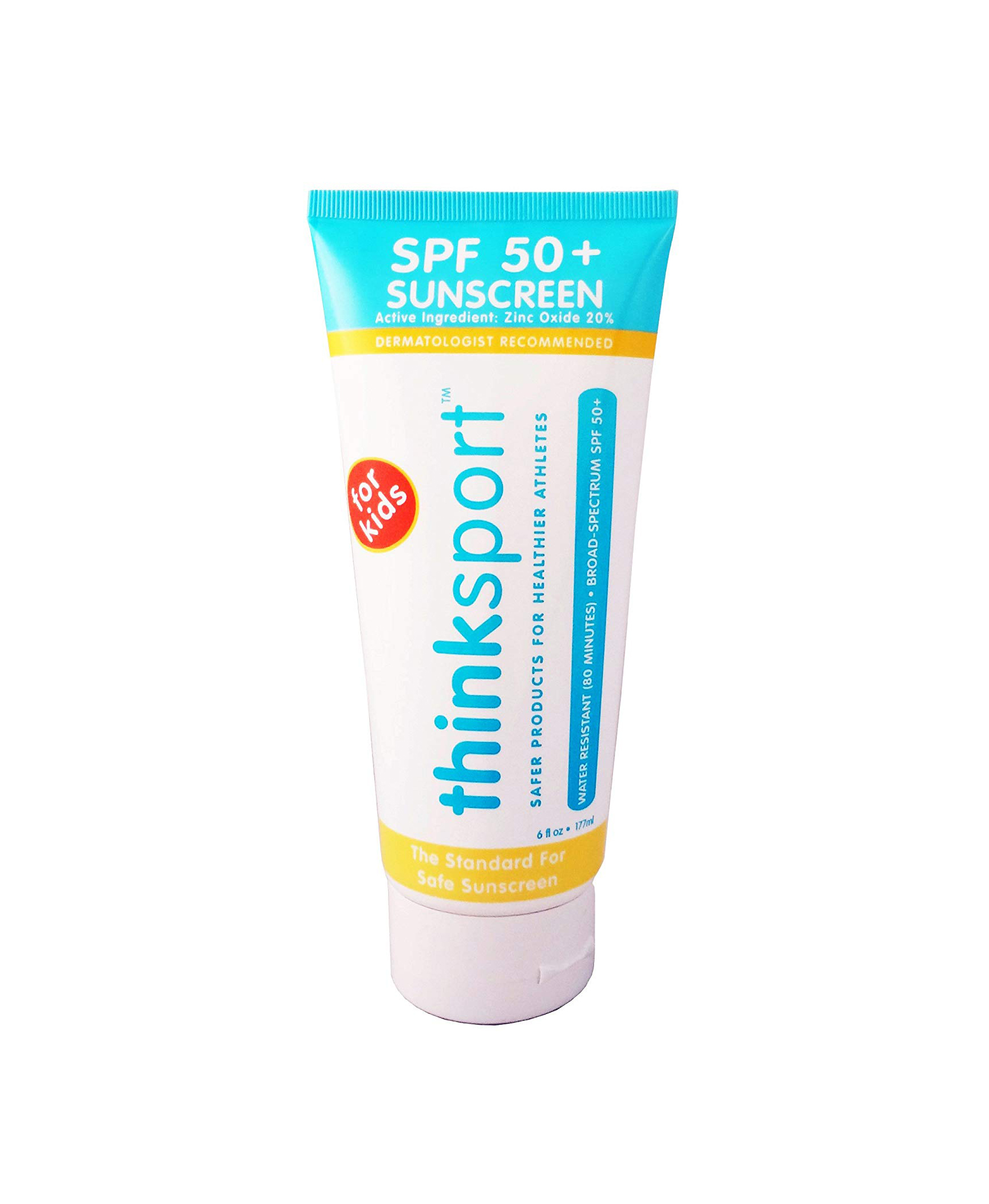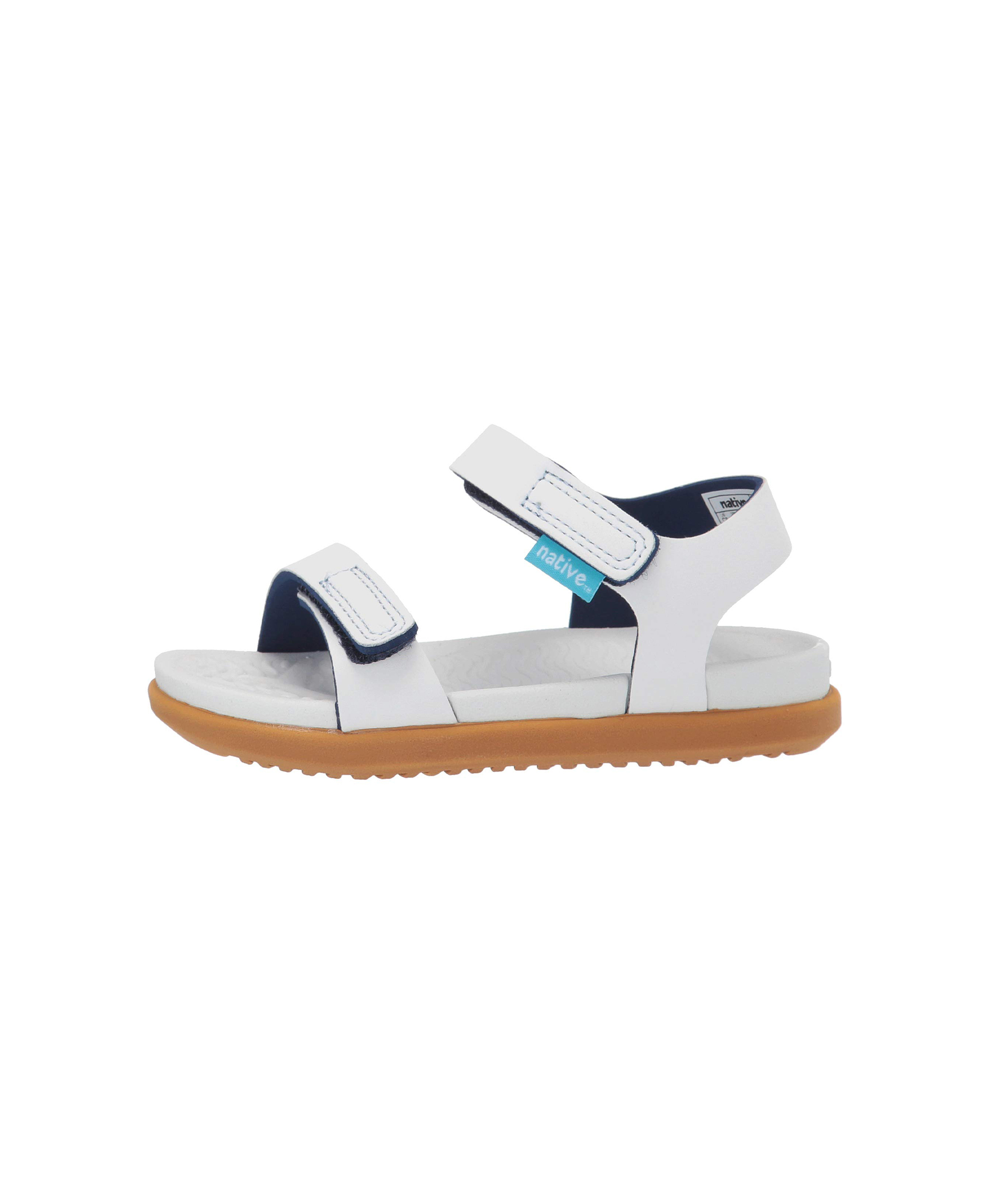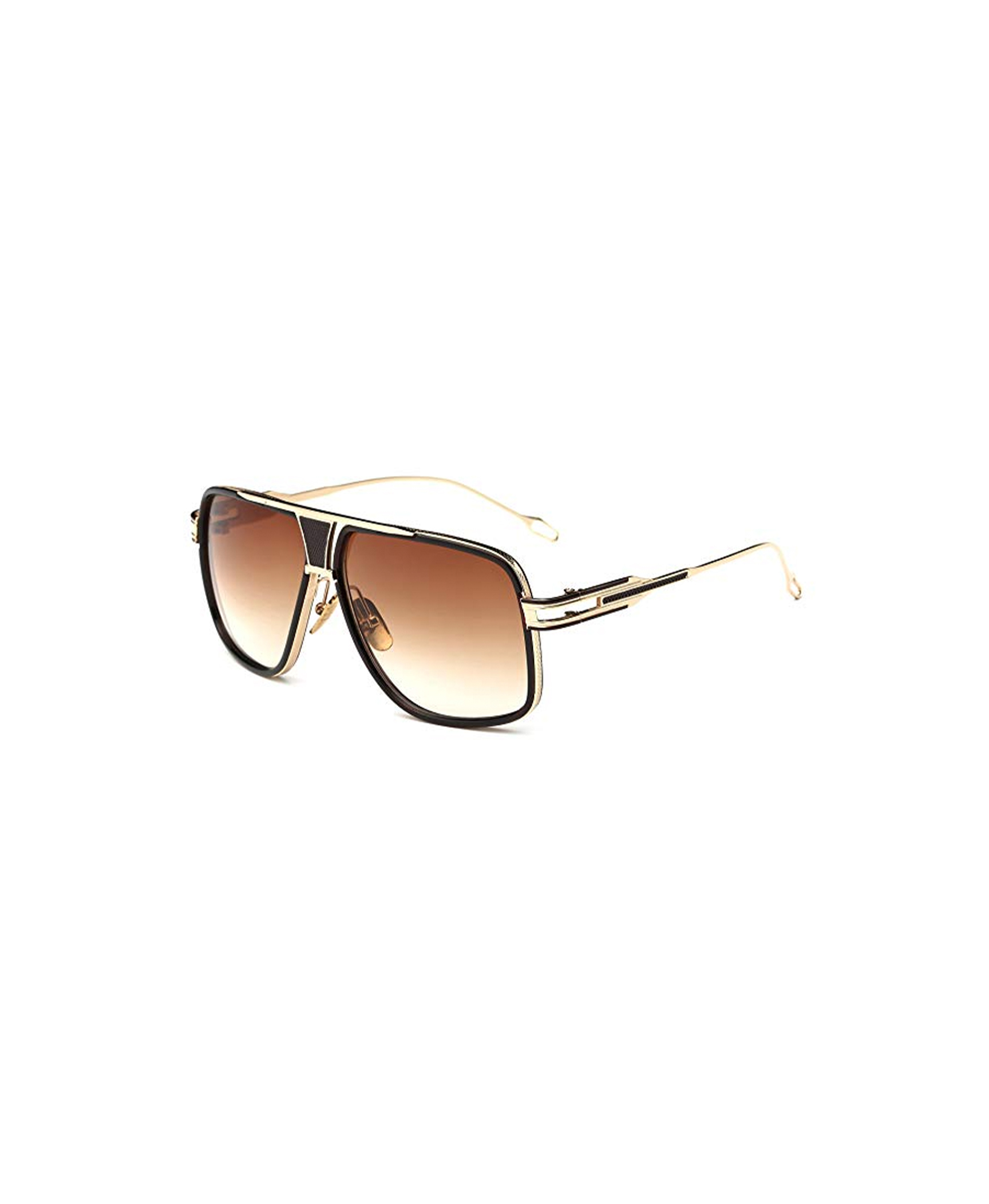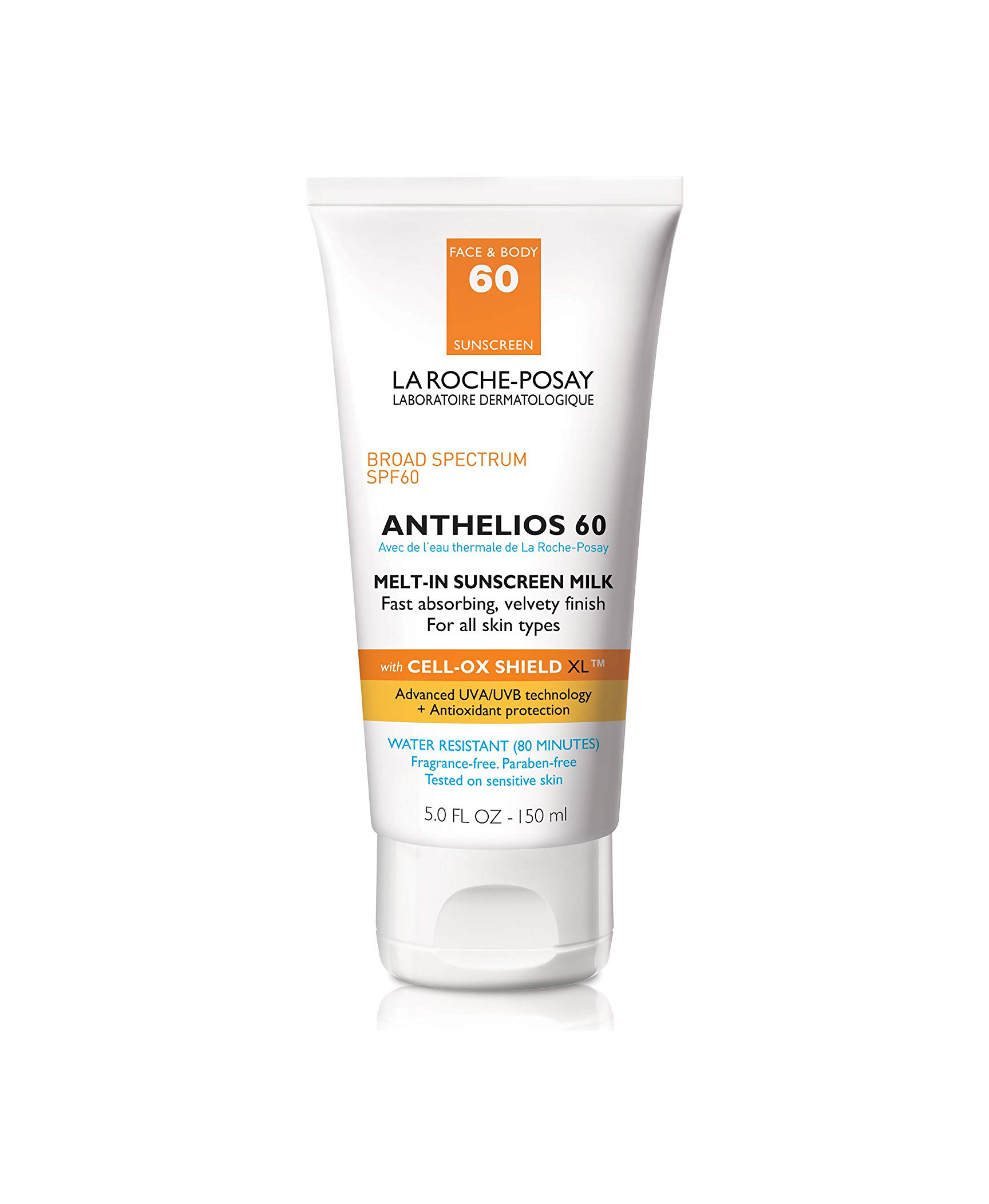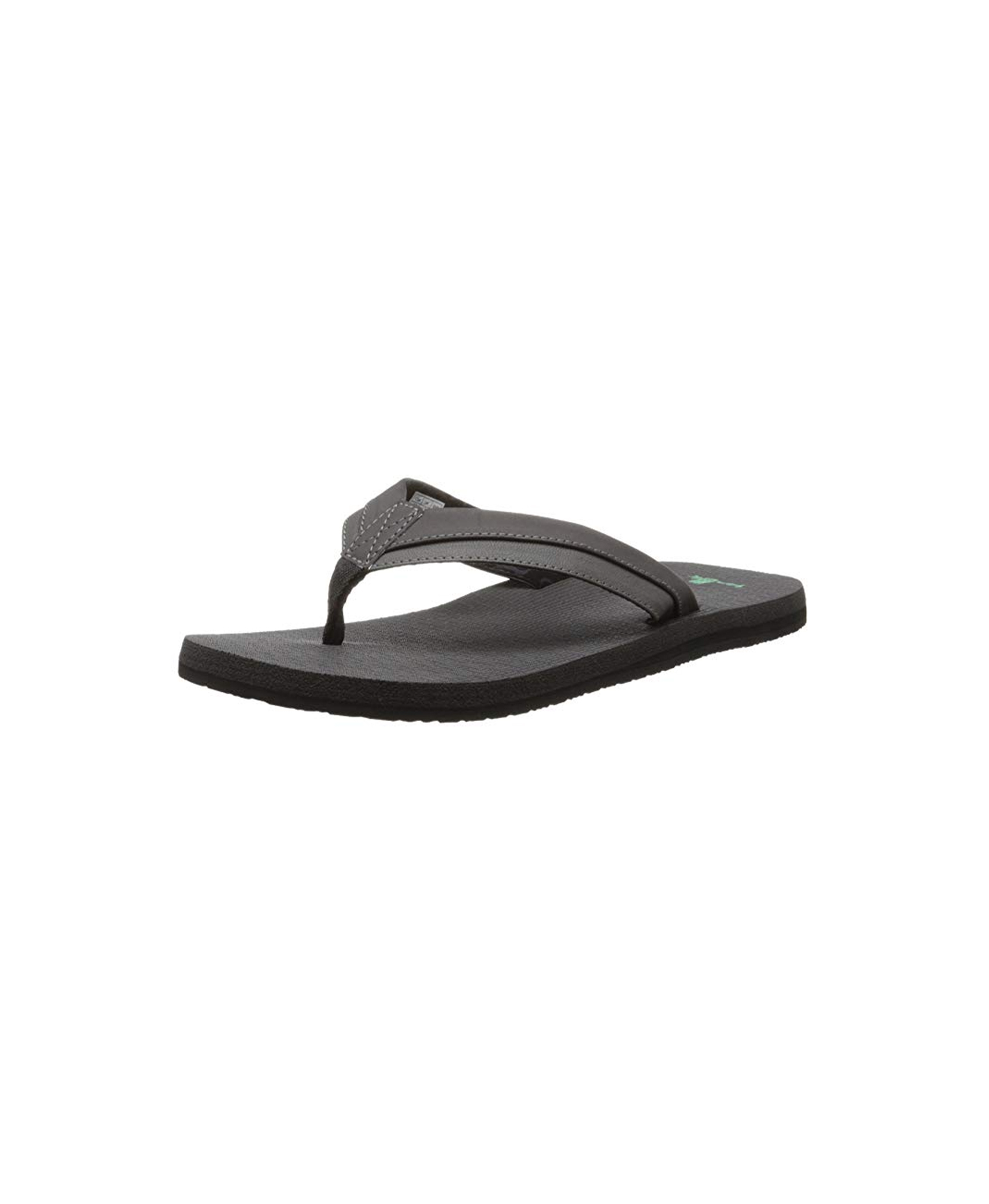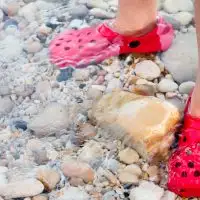No one really knows how a group of pigs ended up on the remote island of Big Major Cay (otherwise known as Pig Beach) in the Bahamas. Some same they were left by a group of sailors, or that the pigs swam over from a shipwreck nearby.
The pigs live and thrive autonomously, and are restricted to a diet of fruits and vegetables, such as carrots, grapes, watermelon, apples and lettuce, according to The Bahamas Ministry of Tourism. They forage for food in the forest on the island.
Of course, this unusual attraction is one of the most popular experiences in the Bahamas (and the world), with countless tour operators taking visitors to the island.
But these animal encounters have come at the cost of the pigs’ wellbeing (and in some cases, lives). In 2017, several of the pigs died after ingesting too much sand when they consumed human food disposed of on the beach. The deceased pigs were replaced with new pigs, and the attraction remains more famous than ever.
If you’re going to swim with pigs in the Bahamas, here’s what you need to know.
There’s more than one “Pig Beach.”
Since Pig Island became popular, the concept has been recreated elsewhere in the Bahamas—making this once-unique experience not so uncommon. Tourists can take half-day excursions to White Bay Cay, where there are farm-raised pigs who were purchased and placed on the island. Aside from the second attraction, it’s unclear how many pig attractions operate in the Bahamas. The Ministry of Tourism and Aviation is not affiliated with any tour operators coordinating excursions to visit the swimming pigs, so they don’t have an exact number.
The pigs bite.
We’re not sure how often this happens, but to give you an idea—someone was bit during our visit, and we’ve seen other reports of this in recent headlines and online reviews. The pigs may bite without warning (for instance, if you have your back turned to them). Perhaps they’re overwhelmed by the number of tourists crowding their home.
Tourists are still mistreating the pigs.
Even after the deaths of several pigs, tourists continue to mistreat the wild animals. During our visit, we witnessed aggressive tourists picking up piglets as they squealed and squirmed away. It wasn’t enough; the same individuals went back for more (in an obvious attempt for the perfect vacation photo). Others chased the piglets around the island, even after they ran into a small corral where they appeared to be seeking shelter. And other tourists (and disappointingly, tour guides) fed the pigs bread and crackers; in one case, the treats were given to a pig once he/she stood up on his hind legs to catch the food—his signature trick.
The tour operators are responsible for regulating the mistreatment of the pigs and discouraging visitors from all of the above. But from our experience, they don’t.
The pigs are monitored.
“The Bahamas Ministry of Agriculture and Marine Resources monitors the health and safety of the population,” according to a tourism spokesperson. This means that if a pig is visibly ill and a tour operator reports the issue, a licensed professional will check on and treat the sick animal.
Also, the Bahamas limits the amount of tour operators that can go to the island each day, though the Ministry of Tourism confirms at least 11 tour operators from various destinations (including Nassau and Great Exuma) visit the pigs on a daily basis.
But there aren’t any safety regulations for them—yet.
As of 2020, the mistreatment of the pigs isn’t formally regulated. But this will soon change. “The Agriculture Ministry has completed its preparatory work on legislation that will provide for the regulation of tour operators and the protection of these animals,” The Bahamas Ministry Of Tourism & Aviation says. “The Agriculture and Tourism Development Corporation will have the power to regulate these businesses, including the closure of those not in compliance with the law.”
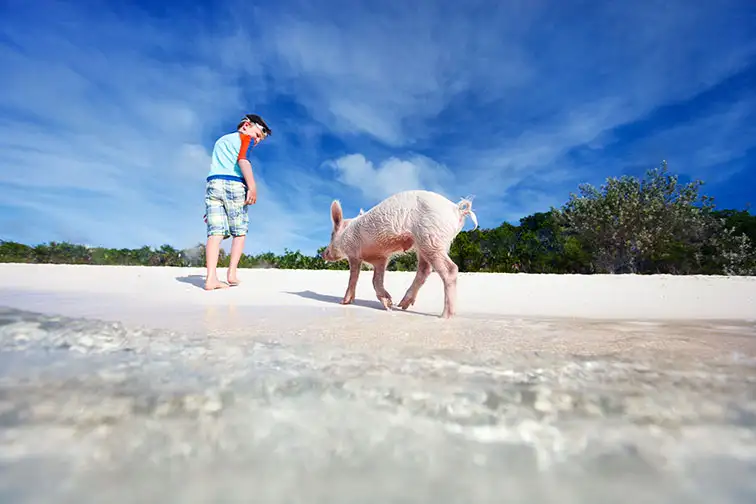
How to Responsibly Swim With Pigs in the Bahamas
Until—and after—safety regulations are enacted, here’s how you can be a responsible traveler when swimming with the pigs.
1. Choose a responsible tour operator.
There are so many other unique activities and tours in the Bahamas. But if you must swim with the pigs, try your best to choose a responsible tour operator. It’s difficult to know ahead of time how they’ll handle the treatment of the pigs, but it never hurts to read reviews, call tour operators, and talk to your hotel concierge. After your trip, write a review about your experience so other travelers can educate themselves before booking.
2. Don’t feed the pigs.
While it’s safe for the pigs to eat fruits and vegetables, consider that several tour operators with countless tourists are feeding these pigs each day—be it fruits and veggies or bread, crackers and beyond. Err on the side of caution and avoid feeding them.
3. Don’t touch the pigs.
This includes petting, picking up and mishandling the pigs in any way. If you want a photo, go for it! Just do it at a reasonable, non-invasive distance.
What to Pack for Your Next Trip
Our team of parents and travel experts chooses each product and service we recommend. Anything you purchase through links on our site may earn us a commission.


